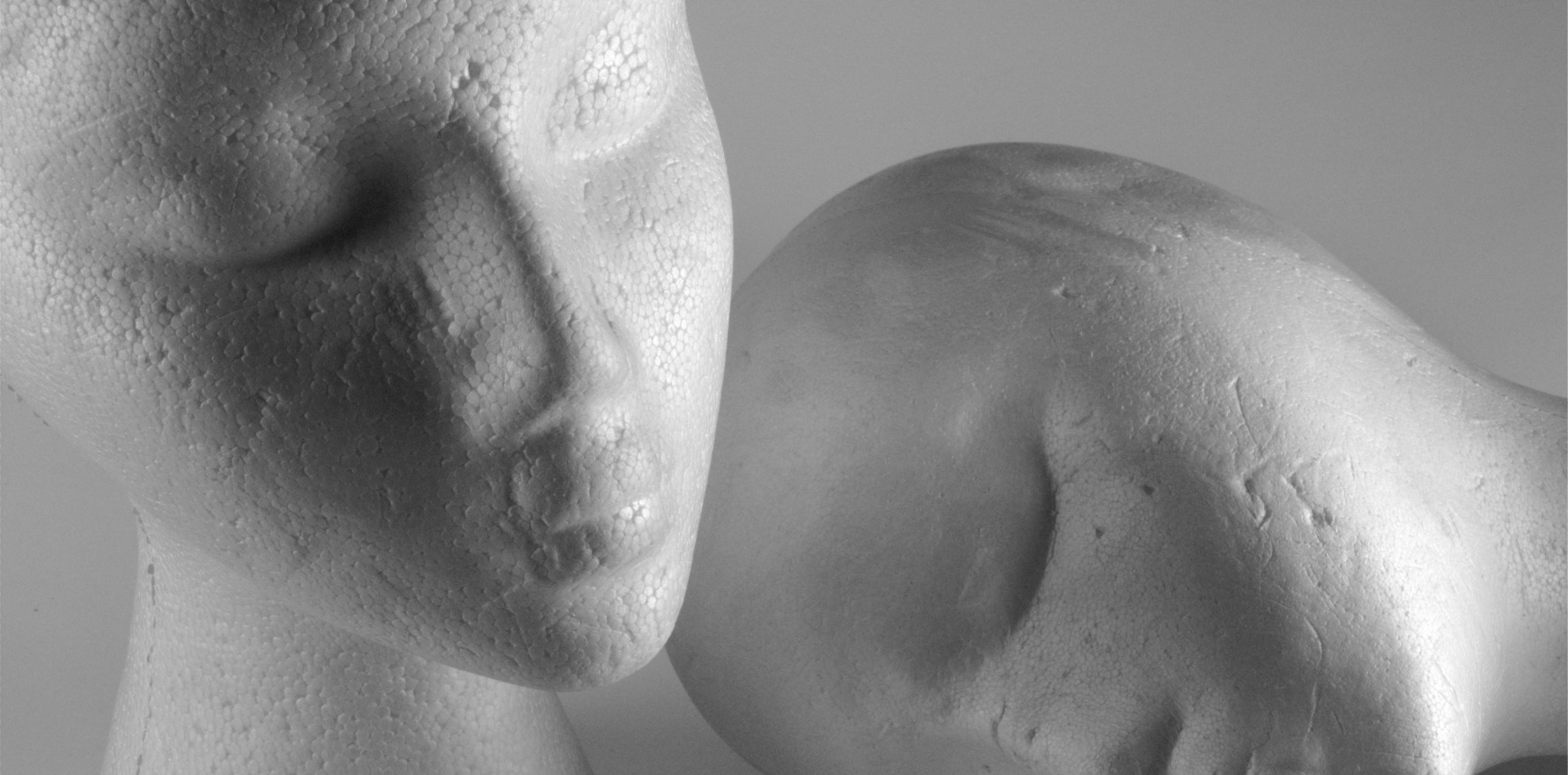Cancer and ALS are the most common diagnoses, according to an international study.
Cancer and amyotrophic lateral sclerosis are the most common conditions for which people seek voluntary assisted dying, an international study including Australia data has found.
While cancer was the underlying disease present for most recipients (66.5%), people dying of ALS were more likely to receive VAD than people with cancer, while people with other nervous system diseases, respiratory system diseases, and circulatory system diseases were less likely to use the service than people with cancer.
The study, which has been published today as a research letter in JAMA Internal Medicine, found the relative proportion of voluntary assisted dying rates by disease was “remarkably similar across jurisdictions”.
Rates of VAD varied far more by disease than by jurisdiction.
In 2023, 282 million individuals lived in jurisdictions allowing VAD, including Australia, with VAD use ranging from 0.1% to 5.1% of all deaths.
The study analysed publicly available data from 20 jurisdictions that allow VAD (between 1999-2023), focusing on the most frequent diseases in those jurisdictions, which included the Netherlands, Luxembourg, Switzerland, Australia, New Zealand, Belgium, Canada and the US.
The Netherlands had the highest VAD rates compared to Belgium (RR 1.96), while New Jersey had the lowest (RR 0.04).
The researchers included data from 184,695 VAD deaths and 12.9 million total deaths across the jurisdictions. Cancer was the most common underlying disease (66.5% of VAD deaths), followed by nervous system diseases (8.1%), circulatory system diseases (6.8%), and respiratory system diseases (4.9%).
While cancer patients were the most numerous, ALS was the disease with the highest proportion of individuals opting for VAD, which accounted for 17% of ALS deaths.
“While absolute MAID (medical assistance in dying – also known as VAD) rates and eligibility criteria vary by jurisdiction, the relative proportion of MAID rates by disease was remarkably similar across jurisdictions,” the authors wrote.
The fact that ALS and cancer patients were far more likely to opt for VAD than those with other diseases suggested that illness-related factors such as severity, prognosis, or suffering may heavily influence decisions regarding VAD, regardless of jurisdictional differences, the authors noted.
“This observation is consistent with the idea that MAID is driven heavily by illness-related factors common to people with those illnesses and inconsistent with the idea that MAID is driven substantially by factors that are external to the individual and that vary by jurisdiction, such as eligibility criteria, culture, social assistance, or palliative care service availability,” they wrote.


